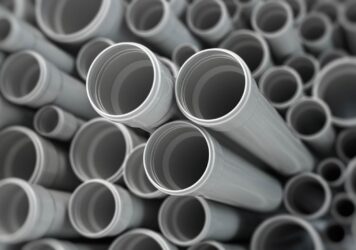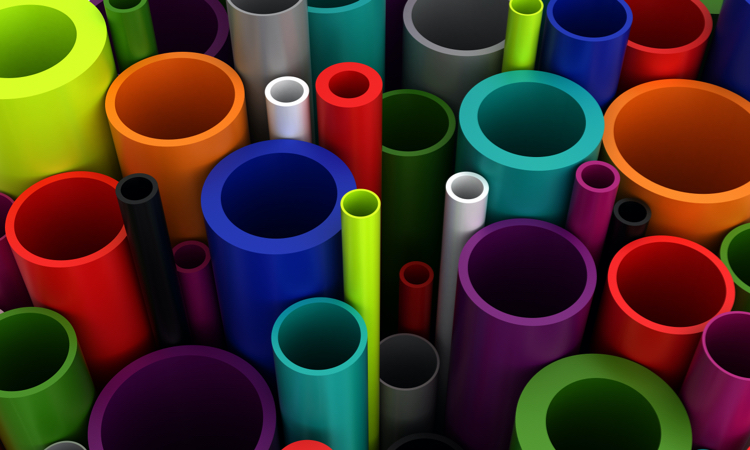
Understanding Tolerances in Plastic Extrusion: Why Precision Matters
In the plastic extrusion industry, precision is everything. One of the critical factors that defines precision is tolerance—the allowable variation in the dimensions and properties of extruded parts. Understanding tolerances in plastic extrusion is essential for manufacturers, designers, and end-users alike, as it directly impacts product quality, functionality, and overall manufacturing efficiency.
Let’s take a closer look at why precision and tolerance are so important when it comes to custom plastic extrusion.
What Are Tolerances in Plastic Extrusion?
Tolerance refers to the permissible deviation from specified dimensions or properties in a manufactured part. Since plastic extrusion involves forcing molten plastic through a die to create continuous profiles, slight variations can occur due to material behavior, temperature fluctuations, or equipment limitations.
For example, if a plastic profile is specified to be 10 millimeters wide with a tolerance of ±0.1 millimeters, the actual width can range between 9.9 and 10.1 millimeters and still be considered acceptable. These limits ensure that parts fit and function as intended without excessive scrap or rework.
Why Do Tolerances Matter?
Product Fit and Functionality
Many extruded plastic parts are designed to fit precisely with other components in assemblies, such as seals, gaskets, or structural profiles. Tight control over tolerances ensures that these parts will fit correctly, avoiding issues like leaks, mechanical failure, or assembly difficulties.
Consistency and Quality Assurance
Maintaining consistent tolerances batch after batch guarantees uniform product quality. This consistency builds trust with customers and reduces the risk of defective parts reaching the end-user, which can lead to costly recalls or warranty claims.
Material Efficiency and Cost Control
Precision in tolerances also impacts material usage. If tolerances are too loose, manufacturers may over-engineer parts, using more material than necessary to ensure fit and strength. Conversely, overly tight tolerances can increase scrap rates and manufacturing complexity. Striking the right balance helps control costs while maintaining quality.
Factors Influencing Tolerance Control in Plastic Extrusion
Achieving precise tolerances in plastic extrusion depends on multiple factors:
- Material Selection. Different plastics have varying shrink rates and flow characteristics, affecting dimensional stability. Engineers must select materials compatible with the desired tolerance range.
- Tooling Quality. Precision tooling, including dies and calibration equipment, is vital to maintain consistent dimensions during extrusion. Wear and tear on tooling can lead to tolerance drift over time.
- Process Parameters. Controlling temperature, pressure, and extrusion speed helps stabilize the plastic flow and minimize dimensional variations.
- Post-Extrusion Handling. Cooling rate and handling methods can influence part dimensions, especially for longer or complex profiles.
The Role of Precision Tooling and Expertise
Achieving tight tolerances consistently requires advanced tooling technology and experienced extrusion partners. High-precision CNC machining, quality materials, and ongoing maintenance ensure dies produce accurate profiles over long production runs.
Custom Extrusion with Inplex
Looking for quality custom extrusion products and services? Inplex is one of the leading custom extrusion services in the US and has almost 60 years of experience. We pride ourselves on our ability to put the right talent and technology in place to perform the best possible job for our clients.
We own a 42,000 sq. ft. facility in Naperville, Illinois, that is temperature-controlled and features an environmentally friendly closed-loop water cooling system. If you have specific needs or questions, don’t hesitate to contact us!
Back to Blog



